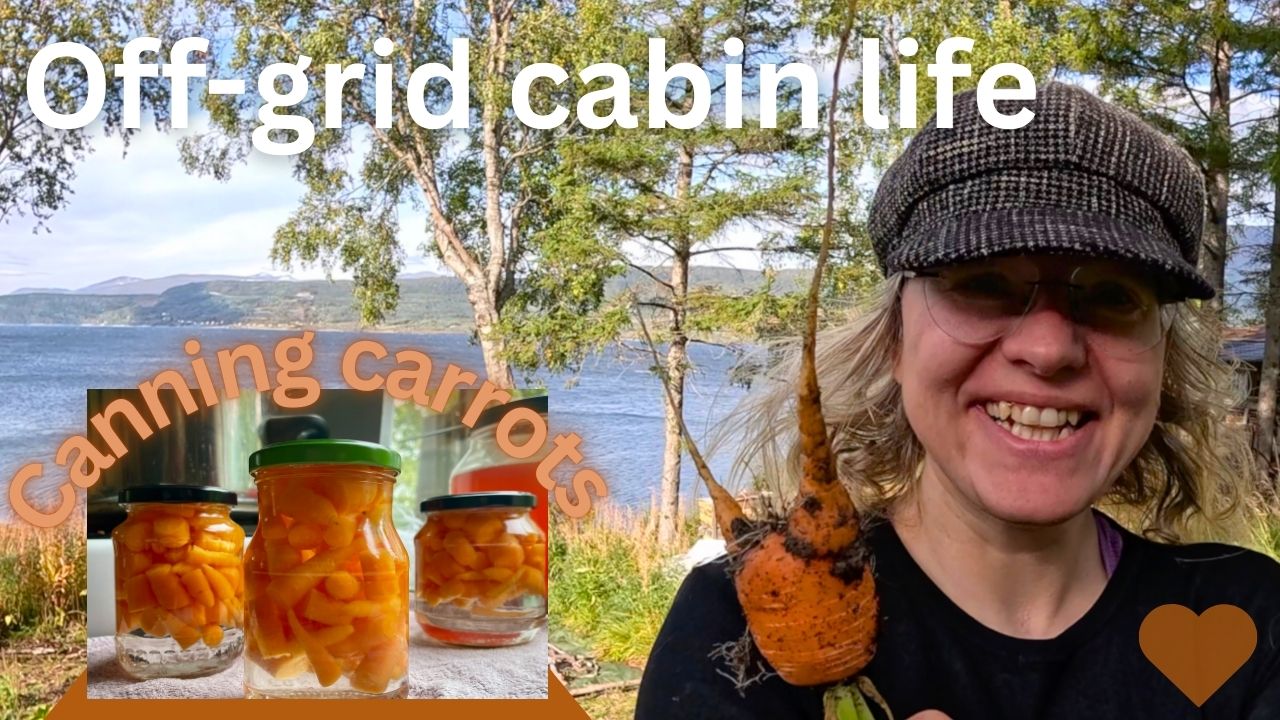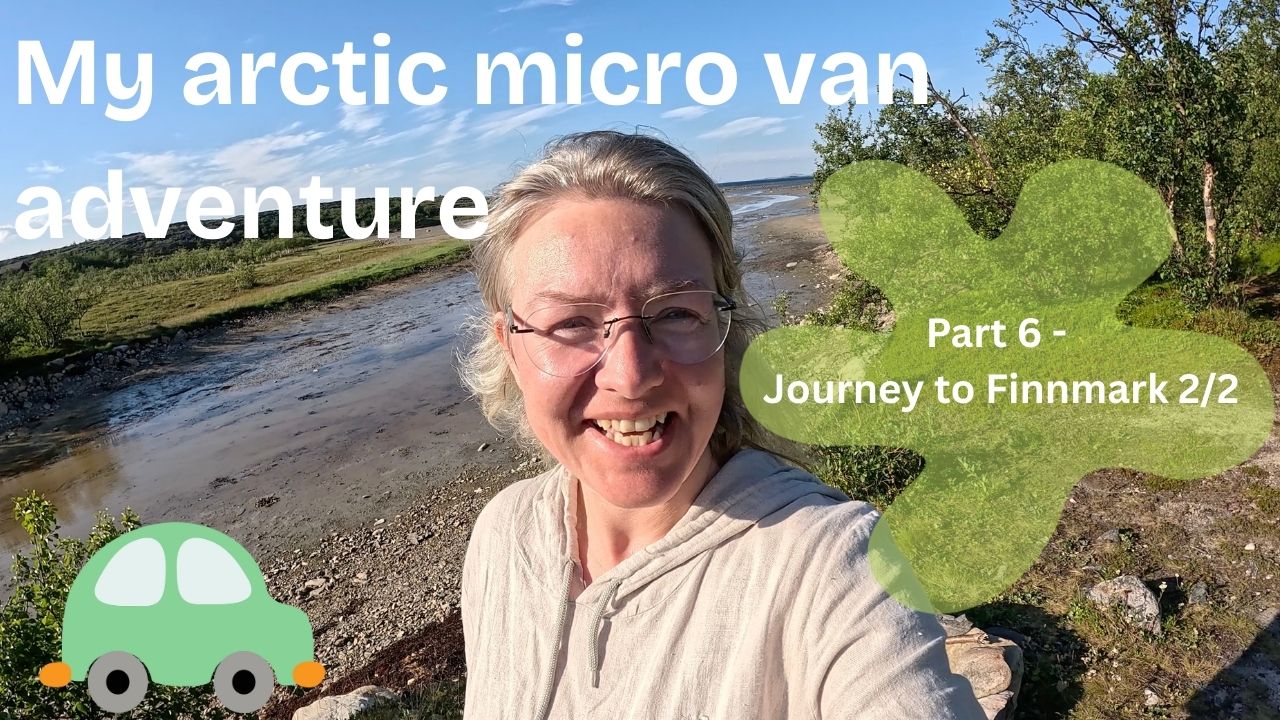Most of what I forage and harvest in the wild forests, but I also have a small garden plot that I experiment and grow on. The vision is a mix of wild and domestic. I want to take care of Currants and Rhubarb that are 100 years old and have spread wildly all over the area here, while also trying...

Penny Bun, Porcini or Boletus. Do they grow in Northern-Norway?
Boletus might be the most sought-after genus of mushrooms in Europe and the answer is "YES", we have them here in Northern-Norway too. We call them "Steinsopp", that would translate to "Stone mushrooms". Not applicable to the colour, but the shape could be kind of stone like I think.
Boletus can grow in great quantities in the autumn. Especially after a warm and dry summer. In Northern-Norway warm and dry summers used to be rare, but lately our summers have been like that, and thus, we get more Boletus mushrooms.
There are many different species of Boletus in the world, not all of them grow in Norway, and only two of them are confirmed in Northern-Norway. The Boletus edulis and The Boletus pinophilus. They look very similar and both are equally delicious to eat.
Identifying and foraging the Boletus:
Cap: 5-20 cm, The shape is domed and gets wider as it grows. The colour is of a warm brownish shade, it usually grows lighter towards the edges and has a fine white line right before the pores start. You will often find the cap has been nibbled on by snails and other critters. They love the Boletus too.
The "bolete eater" (Hypomyces chrysospermus) is a parasitic fungus that grows on bolete mushrooms, turning the afflicted host a whitish, golden yellow, or tan colour, it can also give the mushroom a grayish veil and it smells bad. Don't eat infected mushrooms! If it is a large mushroom and it only has a tiny infestation, you can cut it off (make sure to cut away at least 1 cm extra) then the rest can be used, if it smells good and feels firm! My experience is that even if it looks firm and nice, it will often smell bad and then I would not use it. Lately I have been hearing people complaining about the taste of Boletus and my personal suspicion is that they might have foraged and eaten infected individuals.
All Bolete mushrooms have pores, never gills!
Pores: Young porcini mushrooms have a white, dense layer of pores. The pores gradually becomes more yellow and softer as the mushroom grows and when it is mature to overripe the color is a strong yellow-green. I use the pores on young mushrooms for food but remove them if they have become soft and yellow-green. It comes easily off the cap.
Stem: 5-15 cm high and 3-6 cm in diameter. The color is very light brown with a fine mesh of white veins. This vein network should always be present at the top towards the cap. This is one of the best characteristics of porcini mushrooms. The stem also tends to be thicker at the bottom. When the stem is very uneven it is not a good sign, then there are probably fly larvae in it, eating their way up inside the mushroom, or the bolete eater fungus is present.
Spores: Brown. It can be difficult to spot the spore colour on Boletus mushrooms. You can take a spore sample if you want. This is easily done by placing the mushroom on a light surface with the spores down and leaving it there for a few hours. When you lift the mushroom again you will see marks of the spores on the paper.
Boletus can be confused with other mushrooms in Northern-Norway, especially the numerous Leccinums. They are edible as well, but only after 15 minutes of cooking. Leccinums are poisonous when raw.

Sources: This page is based on my own observations and knowledge, but I have checked and verified all content against "Normlisten for 2025" and the Syllabus for mushroom experts at Norwegian association for mycology and foraging.
When you learn about mushrooms, it is always important to check sources and publishing years. We have a good research environment on mushrooms in Norway and the Normlisten and Syllabus for mushroom experts are updated every year.
Porcini mushrooms grow in many places in Northern Norway. On the member pages (only in Norwegian) you will find pictures of more specimens. As a member, you will also receive a detailed description of where they grow and how to find them. I share maps of all my discoveries. Preparation tips, recipes and taste. And much more.
Arctic microvan adventures - 2025 season
Join me when I travel and explore the North. From Norway to Sweden and Finland. Looking for mushroom habitats and wild herbs.
We have Arctic Pinecone Caps in spring
There are 4 different speices of Pinecone Caps (Strobilurus) in Northern Norway, as far as I have been able to find. In total there are 10 different known species and they all grow on pinecones. All are edible, and most are good.
Boletus might be the most sought-after genus of mushrooms in Europe and the answer is "YES", we have them here in Northern-Norway too. We call them "Steinsopp", that would translate to "Stone mushrooms". Not applicable to the colour, but the shape could be kind of stone like I think.




